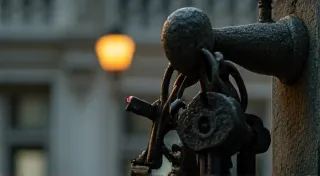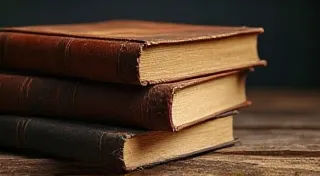Lost & Found: The Unexpected Geography of Victorian Button Distribution
There’s a peculiar intimacy in holding a Victorian button. It's a tangible link, not just to a bygone era of ornate dresses and stiff formality, but also to a network of people and processes, a surprisingly complex geography of production and distribution that stretched across continents. Most collectors focus on the beauty of the object itself – the delicate carving of a jet button, the iridescent sheen of mother-of-pearl, the robust design of a military button. But I find myself drawn to the story of its journey, the improbable path it took from factory floor to a woman's garment, and ultimately, to my hands, decades later.
My fascination began not with the buttons themselves, but with a trunk of my great-grandmother’s belongings. Among the faded photographs and yellowed linens, I found a small, mismatched collection of buttons, spilling from a silk pouch. Each one felt like a silent messenger, whispering fragments of a life lived in a world vastly different from my own. It wasn't the value of the buttons that captivated me, but the sheer fact that they had *survived*. They were remnants of a system—a vibrant, sprawling distribution network—that, in its time, was as intricate as any modern supply chain.
The Factories: Hearts of the Button Trade
The Victorian era witnessed a revolution in button manufacturing. Prior to the mid-19th century, buttons were largely handmade, a laborious and expensive process. The Industrial Revolution changed everything. Early button factories sprung up in England, particularly in Birmingham, which became the undisputed center of the button-making world. These factories employed vast numbers of workers, many of them women and children, operating specialized machinery to produce buttons at an unprecedented scale. The rise of factories meant that buttons, once luxuries, became affordable for a broader segment of the population. This democratization of fashion was itself a powerful force in shaping consumer demand and, consequently, influencing button design and distribution. Understanding the various materials used – and their impact on the final product – is fascinating, and leads one to explore topics like beyond the surface of button composition and materiality.
Beyond Birmingham, factories emerged in other industrial hubs, including France, Germany, and the United States. The burgeoning textile industry in America created a massive demand for buttons, stimulating the establishment of button factories in New England and Pennsylvania. However, the vast majority of the raw materials – horn, bone, jet, and especially mother-of-pearl—were sourced from distant lands. Horn and bone came primarily from Europe, jet from the Black Sea region, and mother-of-pearl, prized for its captivating iridescence, was imported from the Pacific – specifically, from oysters harvested in the waters of the South Seas and the coasts of Japan and China.
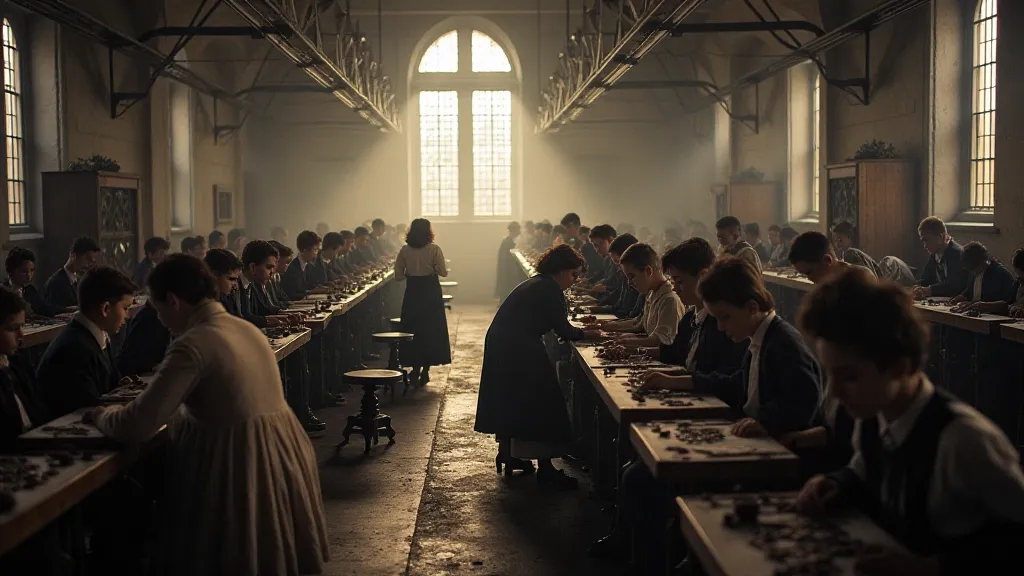
Trade Winds and Regional Preferences
The journey of these raw materials was a testament to the interconnectedness of the Victorian world. Trade routes, established over centuries, were refined and expanded to accommodate the growing demand for buttons and their components. Merchants, shippers, and agents played crucial roles in connecting the factories to the sources of raw materials and to the markets for finished buttons. Think of the complex routes involved in transporting oysters from the Pacific to a Birmingham factory – it’s mind-boggling when you consider the fragility of the product and the challenges of maritime transport in that era. The significance of jet buttons, especially, warrants closer consideration; these often represented profound societal sentiments for loss, as described in Jet's Shadowed Grace: Mourning Buttons and the Victorian Sentiment for Loss.
Regional preferences for button materials and designs also influenced distribution patterns. In England, horn buttons, known for their durability and affordability, were a staple in working-class clothing. Jet buttons, a symbol of mourning, were particularly popular in the decades following the death of Prince Albert, Queen Victoria’s beloved husband. Across the Atlantic, in the United States, mother-of-pearl buttons were highly sought after, particularly in the burgeoning fashion centers of New York and Philadelphia. Military buttons, often made of brass or pewter, were distributed through military supply chains, reaching soldiers and officers stationed across the British Empire and in the American Civil War. The types of garments they adorned reflected the economic status and social conventions of the wearer.
The Rise of Button Catalogs and Sales
The complexities of the button trade were further compounded by the lack of standardized catalogs and distribution channels. Initially, buttons were sold through general merchants and haberdasheries. However, as the industry matured, specialized button dealers emerged, catering to the specific needs of garment manufacturers and tailors. The introduction of button catalogs, typically distributed to these trade customers, was a crucial development. These catalogs, filled with detailed illustrations and pricing information, enabled garment makers to efficiently select and order the buttons they needed. They offered a window into contemporary fashion trends and the evolving tastes of consumers. To understand how these items ultimately ended up in museum displays and antique shops, read From Tailors' Shops to Museum Displays: Tracing the Journey of Victorian Buttons.
One of my favorite finds in researching Victorian button collecting was a tattered, partially disintegrated catalog from the 1880s. The delicate lithographs, depicting hundreds of button designs in minute detail, transported me back to a world of bustling workshops and eager buyers. To understand the logistical feat of distributing those catalogs, to the thousands of tailors and seamstresses across the globe, truly demonstrates the scale of Victorian commerce. The stories behind these items and where they ended up are remarkable.
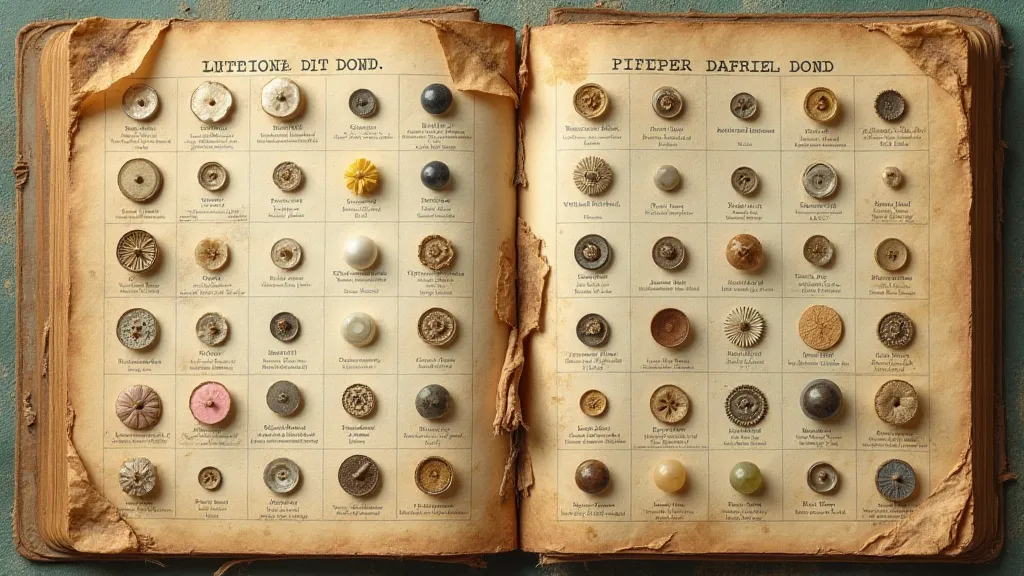
The Impact of Industrialization and the Long Tail
Industrialization transformed the button trade from a localized craft to a global industry. While it lowered the cost of buttons, making them accessible to a wider audience, it also created a system vulnerable to economic fluctuations and geopolitical events. The decline of the Victorian era brought challenges to the button-making industry, leading to factory closures and a shift in manufacturing to other regions. However, the legacy of Victorian button manufacturing lives on, not only in the beautiful objects themselves, but also in the stories they tell about the people and processes that brought them into being. Subtle shifts in the production process had significant impacts on the value of certain buttons, a fascinating topic explored in The Butterfly Effect: Minor Manufacturing Changes and Their Impact on Victorian Button Values.
The “long tail” of Victorian button distribution—the buttons that ended up scattered across the world, attached to garments worn and discarded—is what fascinates me most. These are the buttons that found their way into trunks, drawers, and antique shops, waiting to be rediscovered. Each one is a tiny piece of a larger puzzle, a clue to a vanished world. They are physical manifestations of the interconnectedness of Victorian society, and they offer a unique opportunity to connect with the past.
Preserving the Story
Collecting Victorian buttons isn’t just about accumulating beautiful objects; it's about preserving a piece of history. It's about recognizing the stories embedded within these tiny artifacts and sharing them with others. Even a seemingly insignificant horn button can reveal a great deal about the world in which it was made and worn. The value lies not only in the aesthetic qualities, but in the ability to trace the journey – the improbable geography – of a small object across vast distances and through the relentless march of time.
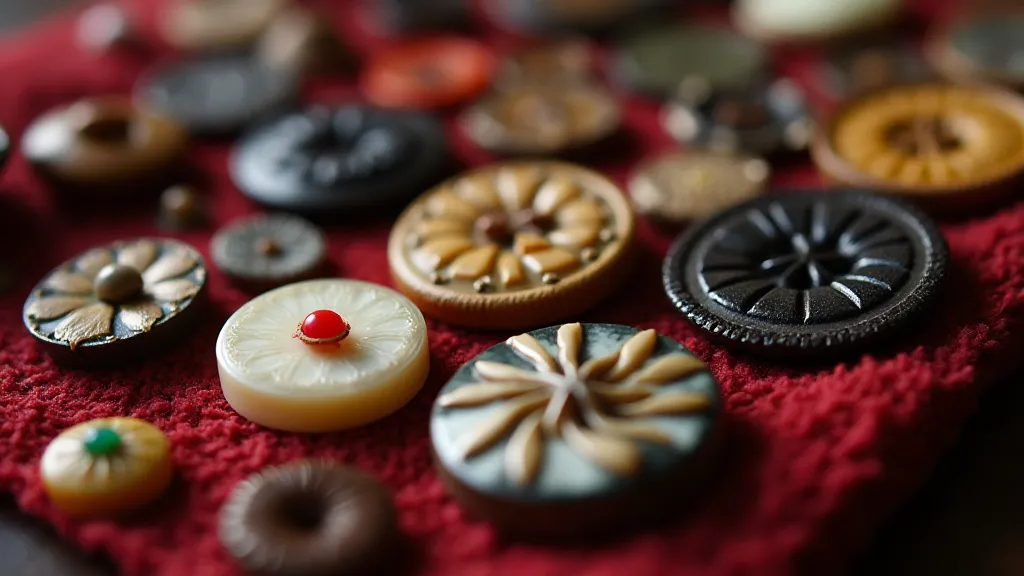
The next time you hold a Victorian button, take a moment to consider its journey. Imagine the factories, the trade routes, the hands that crafted it and wore it. You’ve been given a small piece of a much larger story. A story of global commerce, artistic craftsmanship, and the unexpected geography of Victorian distribution. The incredible variety in production methods, combined with economic and political factors, ensured that no two journeys were ever quite the same. Understanding the nuances of those routes—and the individuals involved—is an ongoing process of discovery.
Victorian-era commerce relied on intricate networks, but their resilience was often tested by unforeseen circumstances. Examining the fragility of these systems, and how they ultimately shaped the distribution of these small objects, provides a powerful lens through which to understand the broader context of the time. This isn’t merely about the buttons themselves; it's about the people, the processes, and the unforeseen events that brought them into being. The story is one of interconnectedness, resilience, and the enduring legacy of a bygone era.

